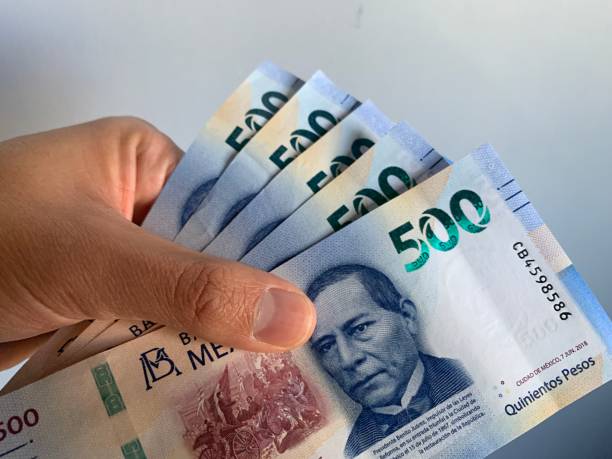One of the more troubling signs of financial difficulties in Argentina has been the recent news that the government has fined economists for publishing inflation rates that do not reflect those of the national statistics agency, INDEC.
There is another indicator, the value of the peso against the decreasing value of the dollar, that is also cause for concern.
Compared to other currencies in Latin America, the Argentine peso is moving in the opposite direction in its relation to the dollar. As the dollar has weakened against the likes of the Brazilian real, Mexican peso, and Peruvian sol over the past year, it has strengthened against the Argentine peso.
The below, courtesy of Oanda.com, shows the percent changes in the value of the dollar relative to the values of the Brazilian Real and Mexican Peso over the past year.
Going back two and five years, the trend is the same.
A comparison with the other South American currencies shows a year over year decline on every one, with the exception of the Boliviano. Given the dollar’s decreasing value relative to other currencies, including the beleaguered Euro, one would expect the Argentine peso to strengthen against the dollar as well. A non-appreciating peso certainly favors Argentine exports and has been a stated goal of the Argentine Central Bank, but this degree of deviation from other South American currencies is surprising.
An article in La Nacion sheds some light on the reasons. The article cites Argentines’ habit of reverting to the dollar in times of uncertainty as one of the most important reason. This habit was brought on in large part because of fear that stems from the 2001 financial meltdown, as well as uncertainty surrounding the future of the currency and domestic political and economic stability.
This will worsen this year, as presidential elections slated for October 2011 will encourage more people to buy dollars. What is most interesting about these dollar purchases is that they are small in scale. Up to 35 percent of the $10 billion dollars purchased during the first quarter of 2011 are taking the form of dollar purchases of less than $1500. The phenomenon, known is Spanish as “Fuga Hormiga” (loosely translated as ‘petty [capital] flight’), has led the Argentine government to discourage people from purchasing dollars illegally, instead encouraging them to invest in Argentine industry and the MERVAL, the Argentine stock exchange.
It is not clear whether Cristina’s attempts will decrease demand for the dollar (particularly as campaigning heats up); the dollar is still seen as a bastion of safety in Argentina in spite of the its current vulnerability. The Argentine government will continue to pay extra close attention to large flights of currency. With the election of Cristina and continuation of the norm the expected outcome in October, this uncertainty might be here to stay.

Reply